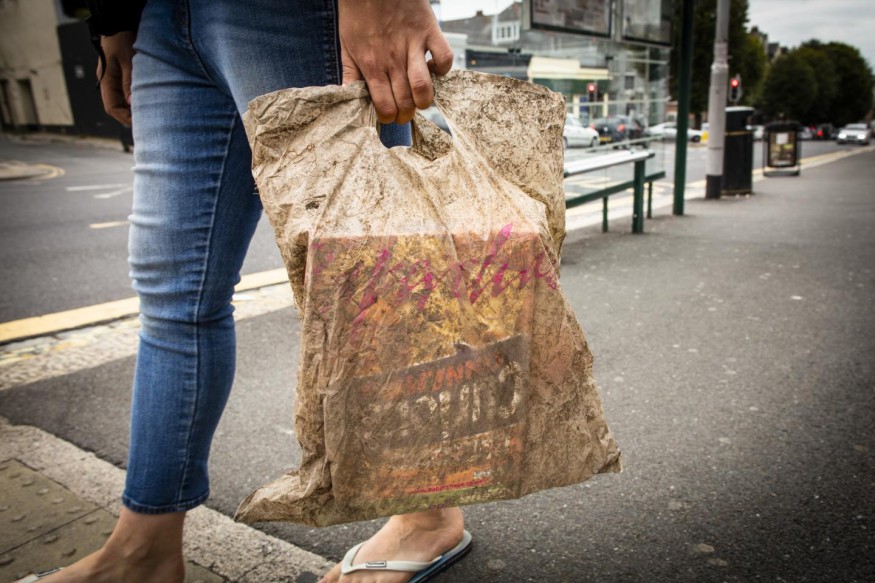Even if you believe you're doing everything to safeguard animals, such as establishing pollinator gardens or native trees, a simple lunch sandwich can solve the biodiversity problem.
Spending Hobbies

When you spend $5 for a sandwich, a portion of your money goes toward the flour used to produce the bread, which comes from the wheat miller.
Some of it goes toward the sandwich press's power. Some of the money goes to the shopkeeper. Some of the raw ingredients may be imported from other countries. Researchers discovered that using these raw resources and labor can increase the danger of extinction for many species.
Researchers discovered this by employing a proven approach for computing carbon footprints. After 25 years with Procter & Gamble, Amanda Irwin decided to change jobs, and examining how what we buy contributes to biodiversity loss was the right match. Irwin, a Ph.D. student at the University of Sydney, stated, "I chose to go back to university in the subject of sustainability. I wanted to expand my knowledge on something I was interested in."
Intensive Study

Irwin conducted a study published in Scientific Reports that looked at how what we buy on a global basis affects species extinction risk. She used the input-output technique, first used in the 1930s, to follow the money as it moved through the economy. "Society does an excellent job of tracking your money," she added.
Irwin and colleagues tracked 118 distinct hazard classes for over 5,000 animals, birds, and amphibians in 188 nations using the International Union for Conservation of Nature's Red List to evaluate extinction risk. Next, the researchers investigated how human consumption may be connected to these extinction concerns.
They discovered that consumption in Europe, North America, and East Asia was predominantly responsible for extinction danger in other nations, such as Honduras' Nombre de Dios Streamside Frog (Craugastor fecundus) and Madagascar's Malagasy giant jumping rat (Hypogeomys antimena).
The United States, for example, is responsible for 3% of the extinction risk footprint of the Nombre de Dios Streamside frog due to tobacco, coffee, and tea used in the frog habitat.
The European food and beverage industry use items from the Malagasy giant jumping rat's range, accounting for 11% of its extinction danger.
Food and beverage consumption had the greatest influence on the likelihood of species extinction, followed by agriculture and, finally, building. The extinction risk footprint was significant in several areas, such as Madagascar, yet most of the consumption that drove this footprint happened outside the nation.
Using the Data
Irwin hopes that the findings of this study will be used to influence the forthcoming Conference of the Parties to the Convention on Biological Diversity, known as COP-15, which will be held in China later this year.
"International agreements may be formed to determine the funding available to assist conservation operations in underdeveloped nations," Irwin added.
"Our research adds to our understanding of the relationship between consumption places and direct consequences on species, which can help guide the flow of funding."
For more news about Environmental Action, don't forget to follow Nature World News!
© 2025 NatureWorldNews.com All rights reserved. Do not reproduce without permission.





